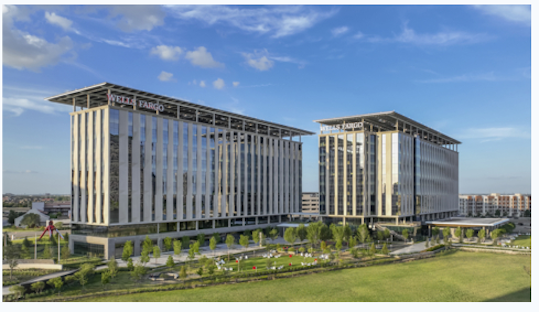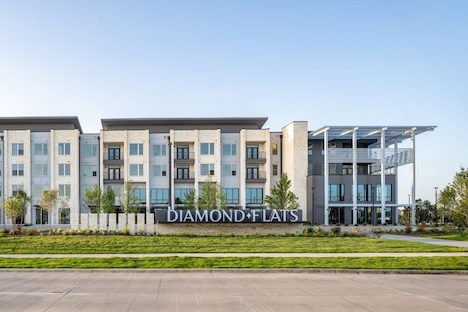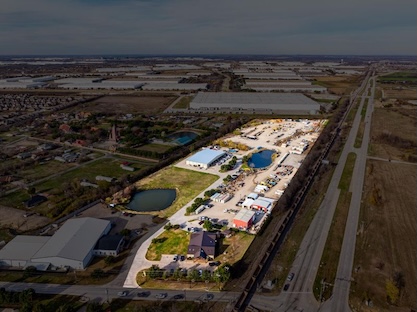Wells Fargo celebrated the grand opening of its new campus in the Las Colinas neighborhood of Irving, Texas, marking a milestone that underscores the company’s investment in the economic growth of the Dallas-Fort Worth area and the state of Texas.
Wells Fargo’s presence is felt across the state with approximately 460 branches, 1,500 ATMs, and 17,000 employees serving customers and clients statewide. The new Las Colinas campus will bring together 4,500 employees in a modern, collaborative environment designed to support company growth and community engagement.
As part of its ongoing support for Texas communities, Wells Fargo also announced today a $1 million donation to OneStar Foundation for the Central Texas Flood Recovery Fund to further help communities across Texas Hill Country rebuild, bringing the company’s year-to-date total donations towards flood relief and recovery efforts across the state to $2 million. Since 2020, Wells Fargo and Wells Fargo Foundation have donated a total of roughly $90 million in support of housing, small business, financial health, and other community needs in Texas, and employees volunteered more than 235,000 hours statewide.
The Las Colinas campus features state-of-the-art amenities including a dining pavilion, fitness center, walking trails, and direct access to public transit, and is intended to be the company’s first energy net-positive campus. The 22-acre campus incorporates cutting-edge technology that is designed to promote energy efficiency and sustainability, with new buildings that are equipped with solar power, smart irrigation systems, and dynamic glass that responds to sunlight and weather for optimal heating, cooling and lighting conditions.
Wells Fargo partnered with KDC Real Estate Development & Investments to develop the $570 million campus, which was designed by Corgan and built by Austin Commercial.









